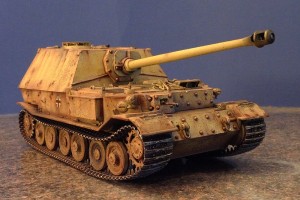
The Wehrmacht (Defence Force)—from German: wehren, to defend and Macht, power, force, cognate to English might) was the unified armed forces of Germany from 1935 to 1945. It consisted of the Heer (army), the Kriegsmarine (navy) and the Luftwaffe (air force).
The term Wehrmacht generically describes a nation's Armed Forces, thus, Britische Wehrmacht denotes “British Armed Forces.” The term Wehrmacht is in Article 47 of the 1919 Weimar Constitution, establishing that: Der Reichspräsident hat den Oberbefehl über die gesamte Wehrmacht des Reiches (“The Reich's President holds supreme command of all armed forces of the Reich”). From 1919, Germany’s national defence force was known as the Reichswehr, which name was dropped in favor of Wehrmacht on 16 March 1935. The name Wehrmacht even in Germany is generally considered a proper noun of the 1935-45 armed forces, being replaced by Streitkräfte in its original meaning; however, this was not so even some decades after 1945. In English writing Wehrmacht is often used to refer specifically to the land forces (army); the correct German for this is Heer.
[Wikipedia]


